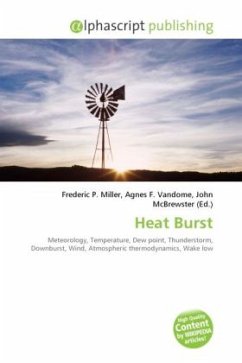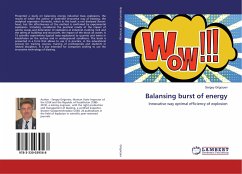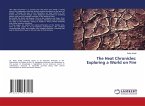High Quality Content by WIKIPEDIA articles! In meteorology, a heat burst is a rare atmospheric phenomenon characterised by gusty winds and a rapid increase in temperature and decrease in dew point. Heat bursts typically occur during night-time and are associated with decaying thunderstorms. Although this phenomenon is not fully understood, it is theorized that the event is caused when rain evaporates into a parcel of cold dry air high in the atmosphere making the air denser than its surroundings. The parcel descends rapidly, warming due to compression, overshoots its equilibrium level and reaches the surface, similar to a downburst. Recorded temperatures during heat bursts have reached well above 90 °F, sometimes rising by 20 °F or more within only a few minutes. More extreme events have also been documented, where temperatures have been reported to exceed 130 °F, although such extreme events have never been officially verified. Heat bursts are also characterised by extremely dryair and are sometimes associated with very strong, even damaging, winds.







